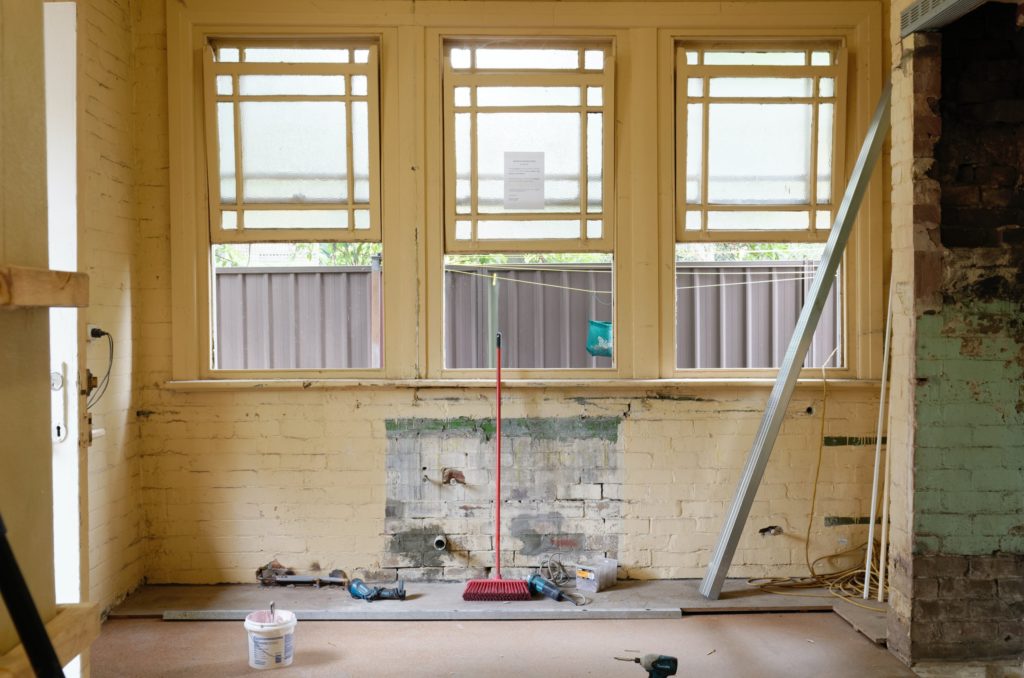Investing in real estate can be a lucrative career, but if you’re just getting started, there’s also a strong learning curve. The television shows make real estate investment and fix and flip houses look pretty easy. Sure, there’s always a bit of drama on the show, such as unexpected repairs. But by the end, all the problems are resolved, and the investors have made a pretty penny on the house-flip project.
Unfortunately, a 30-minute television show isn’t the definition of reality. There’s much more to consider with a fix and flip before deciding if it’s the right investment to make. Even if you’re an experienced real estate investor, you might not have done much fix and flip investing yet. If that’s you, keep reading to find out if you should add a fix and flip to your real estate portfolio.
What is a Fix and Flip?
A fix and flip is fairly self-explanatory — you purchase a house that needs cosmetic or structural repairs (or both), fix it up, and then sell it for a profit. To make the most profit with a fix and flip, you’ll need to judge the cost of repairs and other associated costs as accurately as possible. Then sell the house as quickly as possible at the highest price you can get.
This will ensure you’re paying off the mortgage or other investment loan, as well as related costs, such as utilities or HOA fees. Ultimately, the goal is to purchase a fixer-upper that can be repaired in a manner that makes it highly desirable in the location and market, increasing the chances for a strong profit.
Pros and Cons of a Fix and Flip
To help you decide whether a fix and flip is a good investment, consider the following pros and cons.
Pros
Demand for Real Estate is High
In much of the country, there is currently a high demand for real estate. That means you stand a good chance of turning a profit quickly on a fix and flip, assuming there aren’t a multitude of unexpected expenses.
Potential for a High Profit
Again, assuming you’ve estimated your repair costs pretty accurately, and you have a good handle on the local market, you can make a strong profit on a fix and flip. A higher than normal profit can also be achieved when the demand for housing is strong.
Improve Your Real Estate Network of Professionals
The more properties you work on, the more potential you have to grow your network of professional contacts. This will be a valuable asset with future real estate investments.
Cons
Fixer-uppers Cost More Than They Used To
Prices are rising quickly all over, which means even fixer-uppers are commanding high prices.
Increased Competition from Other Investors
Because there is such a high demand for real estate, many investors are also seeking to up their game and purchase more fix and flips. The increasing competition makes it tougher to get the property you want.
Less Inventory
The high demand and more investors also mean less inventory on the market.
Unexpected Costs
The cost of repairs isn’t easily estimated during the initial inspection. As you begin work on a property, more damages might be revealed, and some can be quite costly. That can significantly diminish your profit.
Make the Process Simpler with a Great Lender
A major component of a successful fix and flip deal is the lender you’re working with. Many real estate investors choose to work with Lendmarq, a company led by experienced real estate finance professionals. with backgrounds in commercial mortgages, residential mortgages, structured finance, and special servicing. Contact us today to learn more about our fix and flip loan options.




